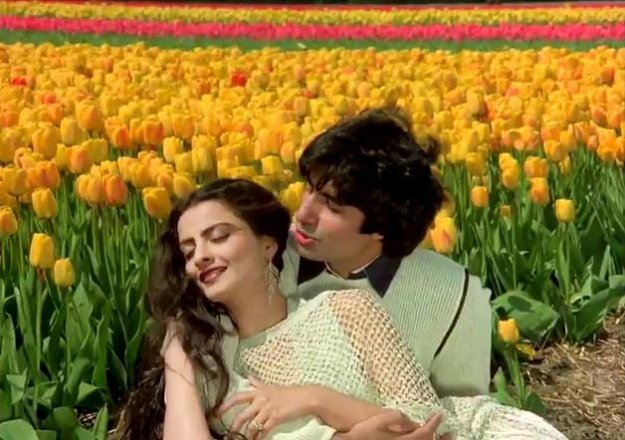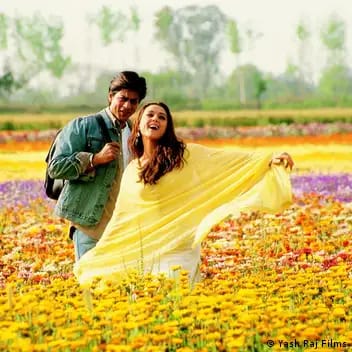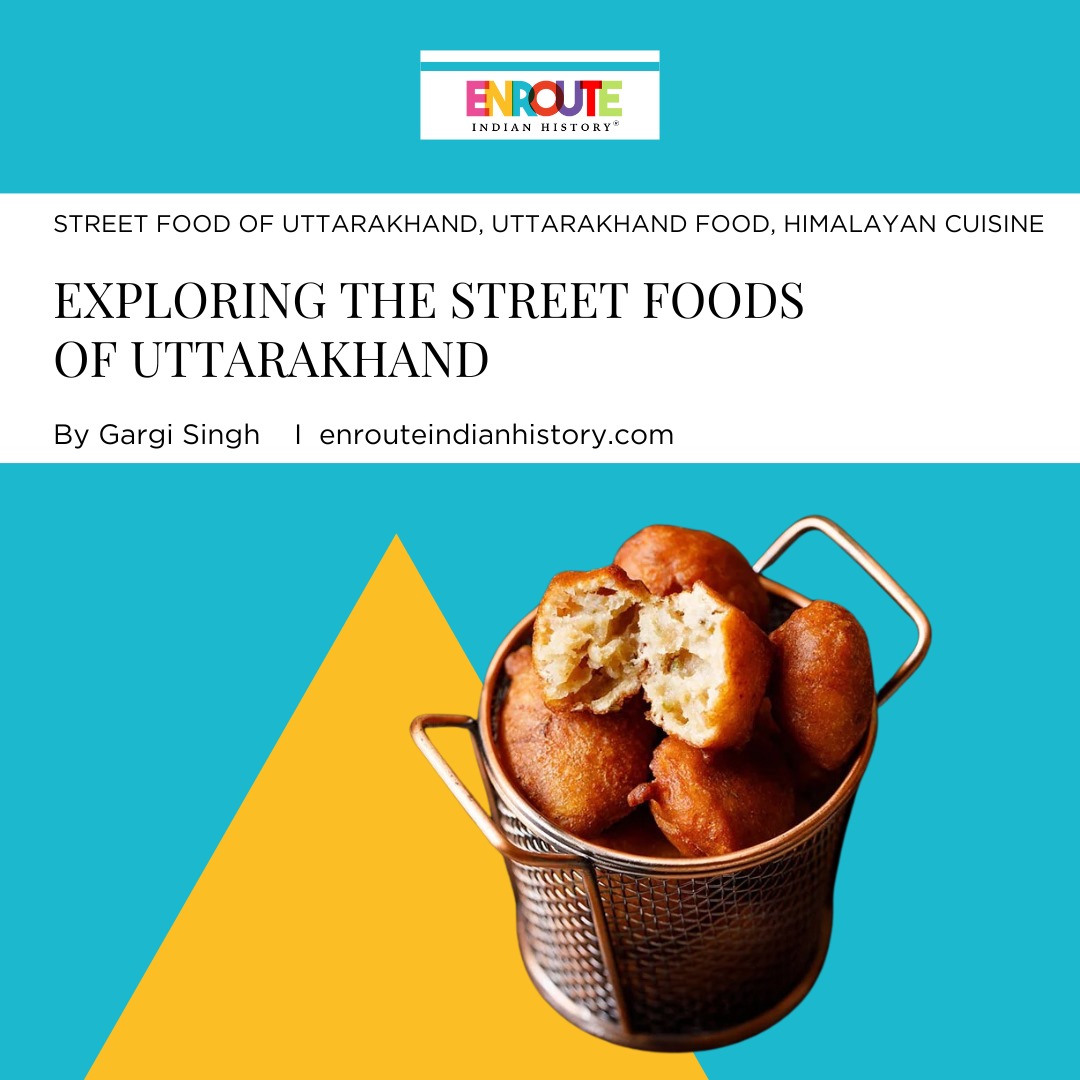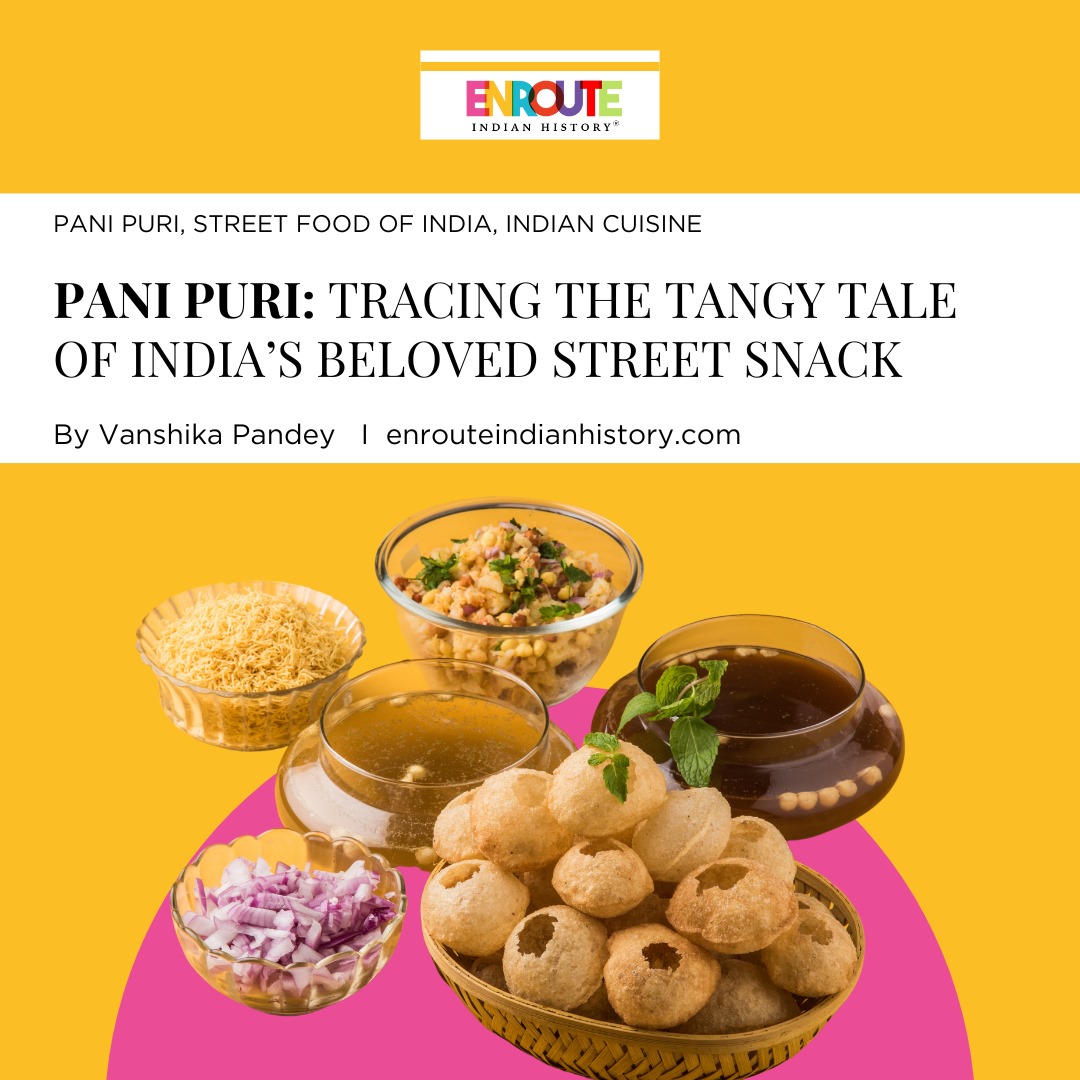
The years following the independence of India presented an iconic stage for Indian cinema. The period between the 1940s and 1960s is widely recognised as ‘The golden age of Indian cinema. This era is marked by the creation of some of the most iconic and enduring films, characterised by a blend of artistic excellence, innovative storytelling, and memorable performances. Bollywood transformed both in terms of content and technical advancements. Filmmakers focused on exploring a wide range of genres, from socially relevant dramas to musical extravaganzas. Legendary actors like Raj Kapoor, Dev Anand, and Dilip Kumar, as well as actresses like Nargis, Madhubala, and Meena Kumari, graced the silver screen, setting an unmatchable precedent. The directorial excellence of Raj Kapoor, Guru Dutt, Bimal Roy, and Mehboob Khan introduced innovative storytelling techniques, strong character development, and narrative depth. This era laid the foundation for the distinctive Bollywood style, encompassing emotional depth, captivating songs, and memorable characters. The Golden Age also witnessed the collaboration of legendary music composers like S.D. Burman, Naushad, and Shankar-Jaikishan with lyricists like Sahir Ludhianvi and Shailendra, resulting in timeless melodies that continue to be cherished.
Harvard Archives

This period in Indian cinema heralded transformative shifts in the selection and design of sets, introducing monumental changes that left an indelible mark on cinematic aesthetics. Outdoor filming became the norm as filmmakers sought realism and authenticity. Grandeur and attention to detail, especially in mammoth productions such as Mughal-e-Azam created a new standard. Sets were crafted to create an emotional connection for the audience and symbolism was heavily implied. With intricate costumes, gorgeous backdrop, and diverse and shifting musical numbers, the golden age gave us everything. But most of all it was, as I like to call it, the era of gardens and romance.
LOVE, CINEMA AND GARDENS
Natural landscapes have always been integral to the discussion of love. The dreamy allure of gardens has been the subject of millions of poems, stories and folk tales. In a society where the celebration of love is often disguised, gardens have always been seen as acceptable venues for the same. Throughout India’s diverse regions, gardens have been synonymous with courtship and affection. Couples often seek quiet corners in public parks and botanical gardens to kindle their relationships. Gardens are more than just physical spaces; they embody love’s essence, offering a serene backdrop for expressions of passion, longing, and devotion. Historically, the Mughal gardens, with their meticulously designed layouts and water features, became symbols of luxury and elegance. These gardens, such as the iconic Shalimar Bagh in Srinagar, provided a canvas for imperial romance, where emperors and their consorts found solace and shared tender moments. Let us refocus on Mughal-e-Azam. Released in 1960, the Karimuddin Asif film is a drama set in the Mughal court of Akbar, where his only son Salim, falls in love with a court dancer, Anarkali. Due to the restrictions of high society and the disapproval of his father, Salim and Anarkali explore their romance secretly in the gardens of the palace. These gardens provide a haven for the young lovers to explore their feelings and celebrate their love.

Gardens, with their lush beauty and serene ambience, became visual metaphors for various emotions. The symbolism of gardens extended beyond their aesthetic appeal – they represented the blossoming of love, the sanctuary of romance, and the refuge of emotional reflection. They created enchanting backdrops that added emotional depth to the scenes. Beyond that, gardens also became a symbol of grandeur. The golden age also marked the period of dance and music. Extravagant dance sequences stationed in large picturesque spaces became the norm to draw in audiences. Gardens provided these spaces. Shalimar Bagh in Srinagar, Lodhi Garden in Delhi, and Lalbagh and Cubbon Park in Bengaluru are some famously known shoot locations across India. These locations are still featured in Bollywood blockbusters.
MENTION IN INDIAN CINEMA
In “Kabhi Kabhie,” the idyllic gardens of Kashmir seamlessly merged with the poignant love story of Amitabh Bachchan and Rakhee, immortalising the soul-stirring song “Kabhi Kabhie Mere Dil Mein.” Meanwhile, “Shree 420” delivered an epitome of romance in the rain-soaked gardens, as Raj Kapoor and Nargis danced beneath falling droplets, surrounded by blooming blossoms. Similarly, the iconic “Awaara Hoon” from the same film found its heart in the embrace of captivating nature, capturing the very essence of the song’s soulfulness.

In the 1965 film “Neela Akash,” starring Dharmendra and Mala Sinha, two distinctive gardens take centre stage. The first, “Tere Paas Aake Mera Waqt Guzar Jata Hai,” sung by Asha Bhosle and Mohammed Rafi, unfolds within the enchanting Yadavindra Gardens of Pinjore, painting a romantic backdrop. Meanwhile, “Aapko Pyar Chupane Ki Buri Aadat Hai” unfolds right at the heart of Delhi’s Lodhi Garden, accentuating the film’s charm and the timelessness of these natural settings. In fact, in many cases, filmmakers also look out for international locations such as the Hibiya Park in Tokyo, featured in the 1966 Love in Tokyo.
But beyond the aesthetic appeal and romantic nature of these gardens, Bollywood filmmakers tend to choose these locations for greater symbolism. They’re either an escape from the bustling city or mirror the anguish of a character delving in pain while solemnly sitting on a park bench. There is also an angle of cost-effectiveness as outdoor sets provide interesting canvases and ample space while maintaining stunning visuals. In Sanjay Leela Bansali’s Bajirao Mastani, the film features the grandeur of Shaniwar Wada’s lush gardens, adding to the historical authenticity of the period drama. The same is the case for the 2008 historical drama of Jodha Akbar.

In essence, gardens have entrenched themselves as indispensable elements in the tapestry of Indian cinematic storytelling. For emerging filmmakers, these natural settings offer a canvas brimming with potential, allowing them to infuse their productions with distinctive character and ambiance. The allure of standalone structures, flower-draped fields, and serene groves serves as a creative boon, enabling resourceful storytelling even within limited budgets. The inherent charm of gardens, coupled with their cost-effectiveness, underscores their enduring relevance in the realm of filmmaking, adding an organic touch to narratives while making cinematic dreams more attainable.
REFERENCES:
- Liddell, Madhulika. (2017). ‘Ten songs picturized in famous gardens’, Dusted Off.
- Shah, Shailaja. (2018). ‘Landscape in Indian Cinema’, Masters in Landscape Architecture, CEPT University.
- Mishra, Naveen. (2018). ‘What’s in the Backdrop: Representation of Landscape in Bollywood Cinema’, Cindy Cinema Journal.
- May 8, 2024
- 8 Min Read


























